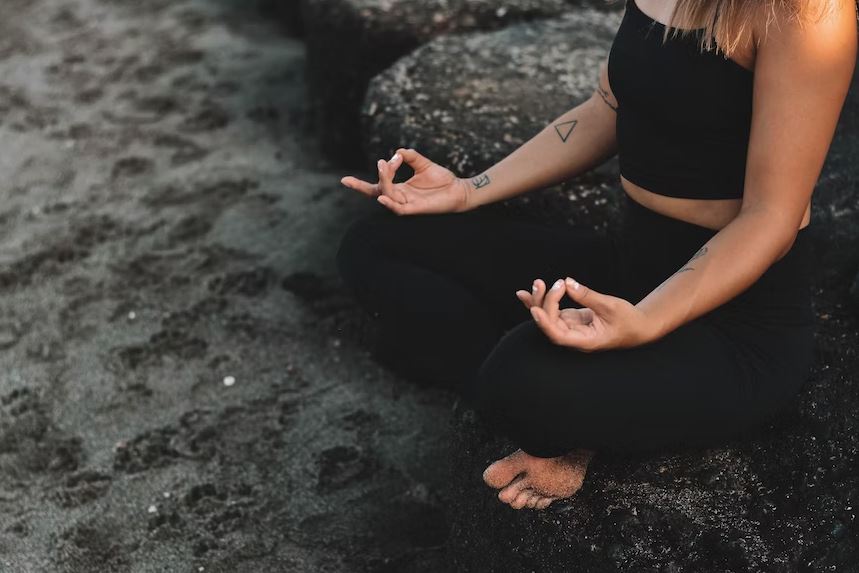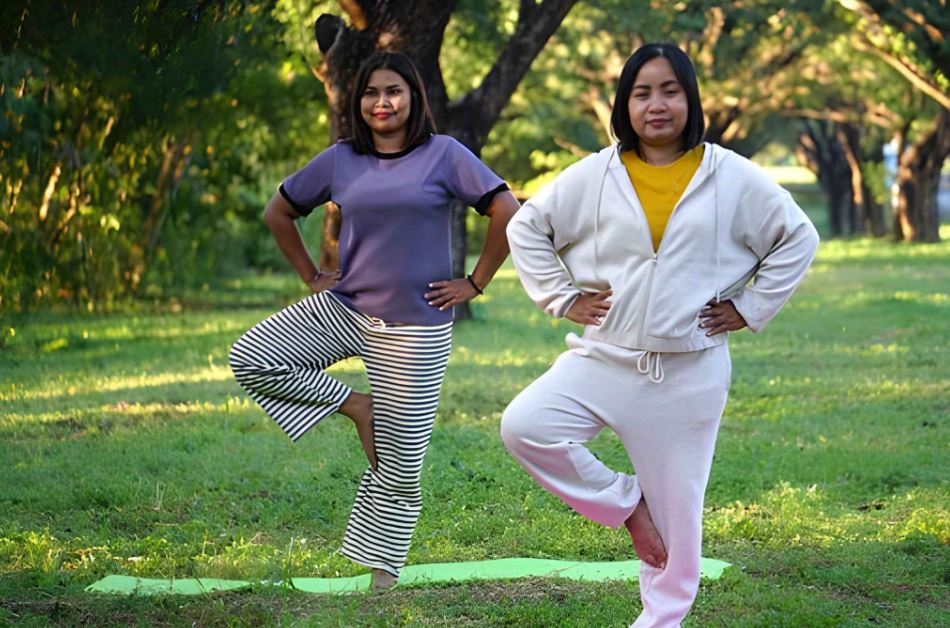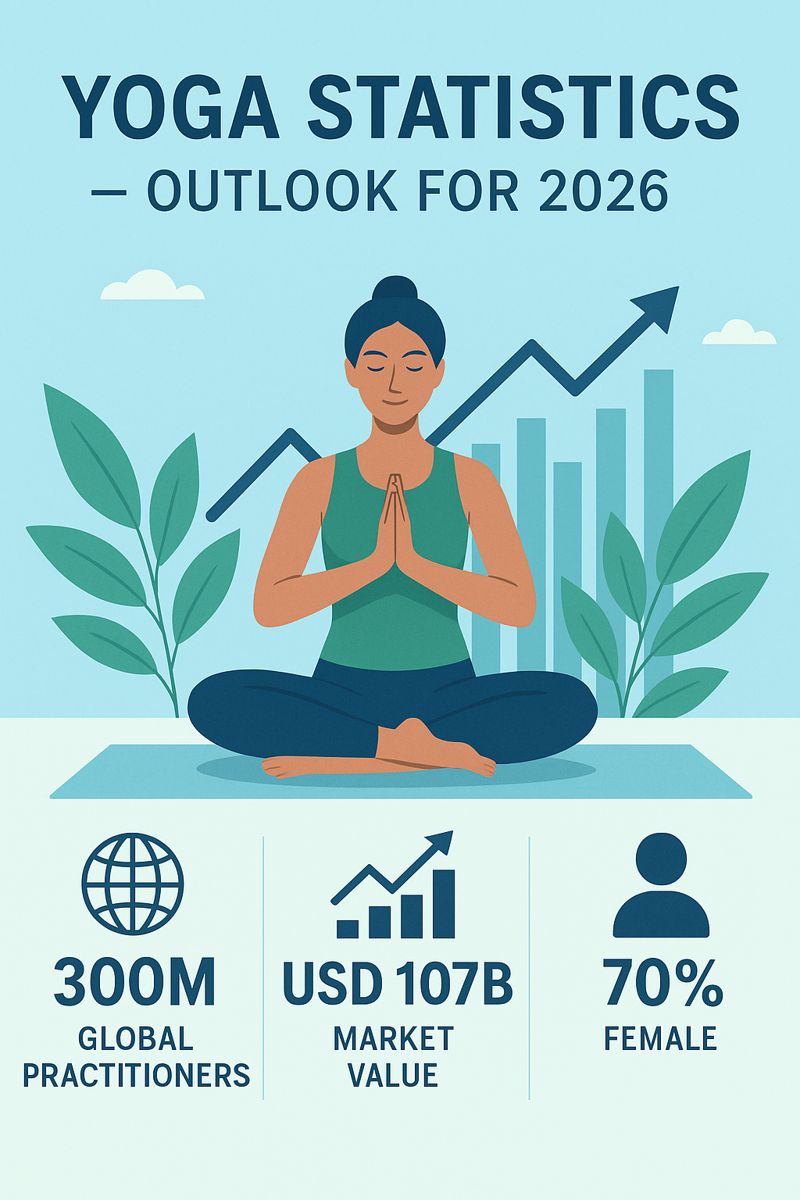High blood pressure, or hypertension, is a widespread health issue affecting millions around the globe. While conventional treatments like medication and lifestyle changes play a key role in managing this condition, alternative practices can also offer supportive benefits. One such practice is hand mudras—specific gestures or positions of the fingers and hands used in yoga and Ayurveda. These simple techniques are believed to help regulate the body’s energy flow, promote relaxation, and support cardiovascular health. In this article, we’ll explore some effective mudra for high blood pressure that may help manage high blood pressure naturally.
Understanding High Blood Pressure
Before delving into hand mudras, it is essential to understand high blood pressure and its implications on overall health. High blood pressure, also known as hypertension, occurs when the force of blood against the walls of your arteries is consistently too high. This condition can lead to serious health problems, including an increased risk of heart disease, stroke, and kidney issues. It’s essential to manage high blood pressure for overall well-being.
Hand Mudras and their Benefits
Hand mudras are specific hand positions that are believed to influence the flow of energy within the body, promoting physical and mental health. By bringing the fingers and hands together in specific configurations, it is thought that the body’s energy channels, or nadis, can be balanced, resulting in various benefits.
Mudra for High Blood Pressure #1: Varun Mudra (Mudra of Water)
Varun mudra is a hand gesture that represents the element of water. To perform this mudra, touch the tip of the little finger with the tip of the thumb, while keeping the other three fingers straight but relaxed. This mudra is believed to help regulate fluids in the body, promoting hydration and potentially assisting in blood pressure management.
Mudra for High Blood Pressure #2: Gyan Mudra (Mudra of Knowledge)
Gyan mudra is one of the most commonly practiced hand mudras. It is performed by touching the tip of the index finger with the tip of the thumb while keeping the other three fingers extended. This mudra is believed to enhance concentration, reduce stress, and promote mental clarity. By reducing stress levels, it may indirectly contribute to better blood pressure control.
Mudra for High Blood Pressure #3: Vayu Mudra (Mudra of Air)
Vayu mudra is performed by placing the index finger at the base of the thumb and applying gentle pressure with the thumb upon it. This mudra is thought to regulate the air element in the body, promoting balance and relieving excess air-related issues. It may also help in reducing hypertension by calming the nervous system.
Mudra for High Blood Pressure #4: Prana Mudra (Mudra of Life)
Prana mudra is performed by touching the tip of the little finger, ring finger, and thumb while keeping the other two fingers extended. This mudra is believed to increase vital energy in the body and improve overall health. By promoting vitality and balancing the body’s energy, it may have a positive impact on blood pressure.
Mudra for High Blood Pressure #5: Apana Mudra (Mudra of Digestion)
Apana mudra is formed by joining the tips of the thumb, middle finger, and ring finger while keeping the other two fingers extended. This mudra is associated with the element of earth and is believed to help regulate the downward flow of energy in the body. It may aid in digestion, elimination, and overall detoxification, potentially supporting blood pressure management.
Lifestyle Changes for Managing High Blood Pressure
In addition to hand mudras, certain lifestyle modifications can play a crucial role in managing high blood pressure. These changes may include:
- Adopting a balanced and nutritious diet, rich in fruits, vegetables, whole grains, and lean proteins while limiting sodium, saturated fats, and processed foods.
- Engaging in regular physical activity, such as brisk walking, swimming, or cycling, for at least 30 minutes a day.
- Managing stress through techniques like deep breathing, meditation, or yoga.
- Limiting alcohol consumption and avoiding tobacco use.
- Maintaining a healthy weight through a combination of a balanced diet and regular exercise.
Precautions and Considerations
While hand mudras can be beneficial, it is essential to approach them with caution and consider certain precautions. Firstly, it is recommended to consult with a healthcare professional before incorporating hand mudras into your routine, especially if you have any underlying health conditions or are on medication. Hand mudras should not replace medical advice or prescribed treatments but can be used as a complementary practice.
Additionally, hand mudras should be performed in a comfortable and relaxed manner, without exerting excessive pressure on the fingers or hands. If you experience any discomfort or pain while practicing a specific mudra, it is advisable to discontinue it and seek guidance.
Conclusion
Incorporating hand mudras into your daily routine, along with lifestyle changes and medical management, can potentially support the management of high blood pressure. However, it is essential to approach these practices as complementary and seek professional advice. Remember, individual experiences may vary, and what works for one person may not work for another. It’s crucial to listen to your body and make informed decisions regarding your health.
Frequently Asked Questions (FAQs)
- Can hand mudras cure high blood pressure?
Hand mudras are not a cure for high blood pressure but can be used as a complementary practice to support overall well-being and blood pressure management. It is important to consult with a healthcare professional for proper diagnosis and treatment.
- How long should I practice hand mudras for high blood pressure?
The duration of practicing hand mudras can vary. It is generally recommended to start with 10-15 minutes of practice per day and gradually increase the duration as per comfort and guidance.
- Can hand mudras be practiced alongside medication?
Yes, hand mudras can be practiced alongside medication. However, it is crucial to consult with a healthcare professional and follow their advice regarding medication and treatment.
- Are hand mudras suitable for everyone?
Hand mudras can be beneficial for many individuals, but it is important to consider individual circumstances and consult with a healthcare professional. Certain hand mudras may not be suitable for individuals with specific conditions or injuries.
- Can hand mudras replace medical treatment for high blood pressure?
No, hand mudras should not replace medical treatment for high blood pressure. They can be used as a complementary practice to support overall well-being, but medical advice and prescribed treatments should be followed.



